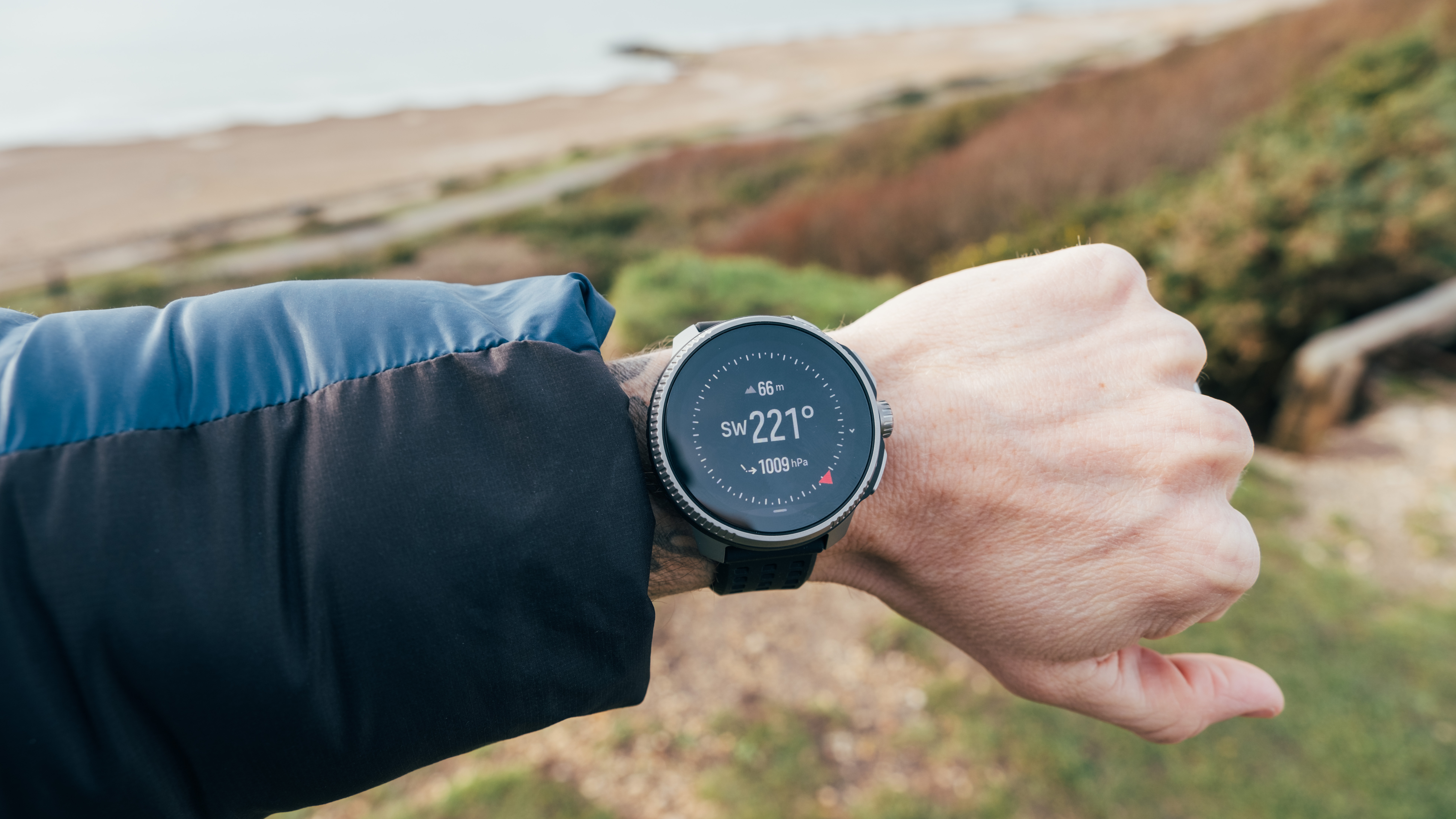
Suunto Race review: One minute review
Finnish outdoors brand Suunto is arguably best known for its hardy navigational devices and diving watches, often lagging behind the competition when it comes to genuinely excellent fitness smartwatches.
The fact of the matter is, the market is almost at saturation point. Garmin seemingly brings out a new watch every few months, covering every conceivable exercise niche you can think of, while rivals such as Polar and Coros with its Pace 3 and Apex Pro models, have brought some serious touchscreen-enabled contenders in recent months.
Traditional smartwatch makers like Apple and Samsung, now have models that also crossover into the outdoors/fitness space with the Apple Watch Ultra 2 and Samsung Galaxy Watch 5 Pro, offering excellent workout tracking, navigation and all of the handy smartphone control, notifications and features you will actually use every day. In fact, the Apple Watch just keeps improving as a fitness partner with every watchOS update.
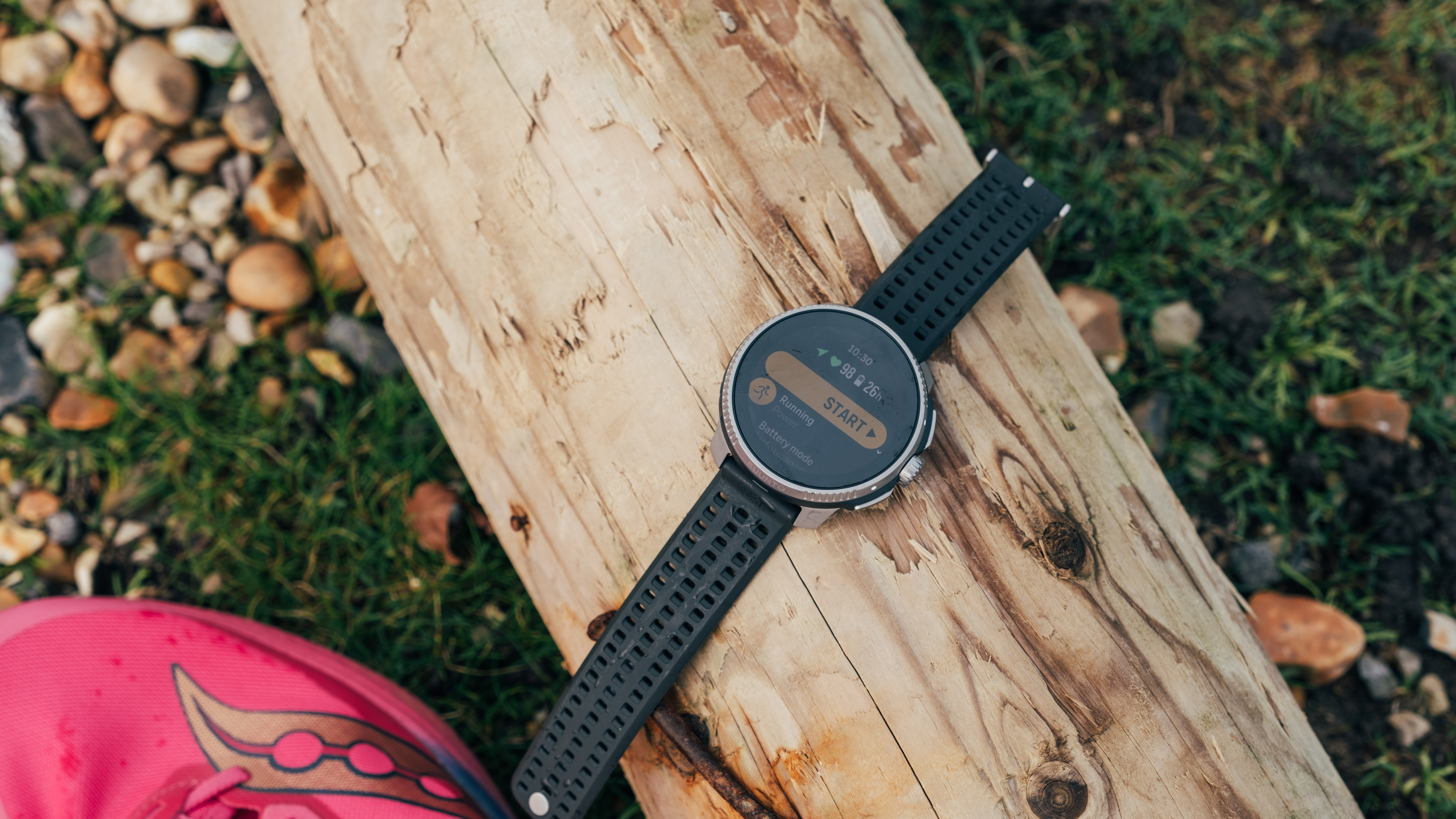
In the interest of brevity, the Suunto Race Titanium (the premium version I tested) is the best watch it has made to date, with a crystal clear AMOLED screen, premium styling, and a whole host of fitness-tracking features that can genuinely rival those offered by Garmin et al.
However, it’s far from perfect. There are a number of areas that could easily be improved, including the achingly slow raise-to-wake, the sometimes glitchy OS, and the fact that offline mapping takes a painfully long time to download and upload to the map.
In essence, Garmin still rules the roost if you want the absolute cutting-edge of workout, recovery and training analytics, but Suunto is definitely getting close. Pair that with solid GPS tracking, an impressive battery life and an easy-to-navigate accompanying smartphone app, and you have an enticing offering at this price.

Suunto Race: specifications
Suunto Race: Price and availability
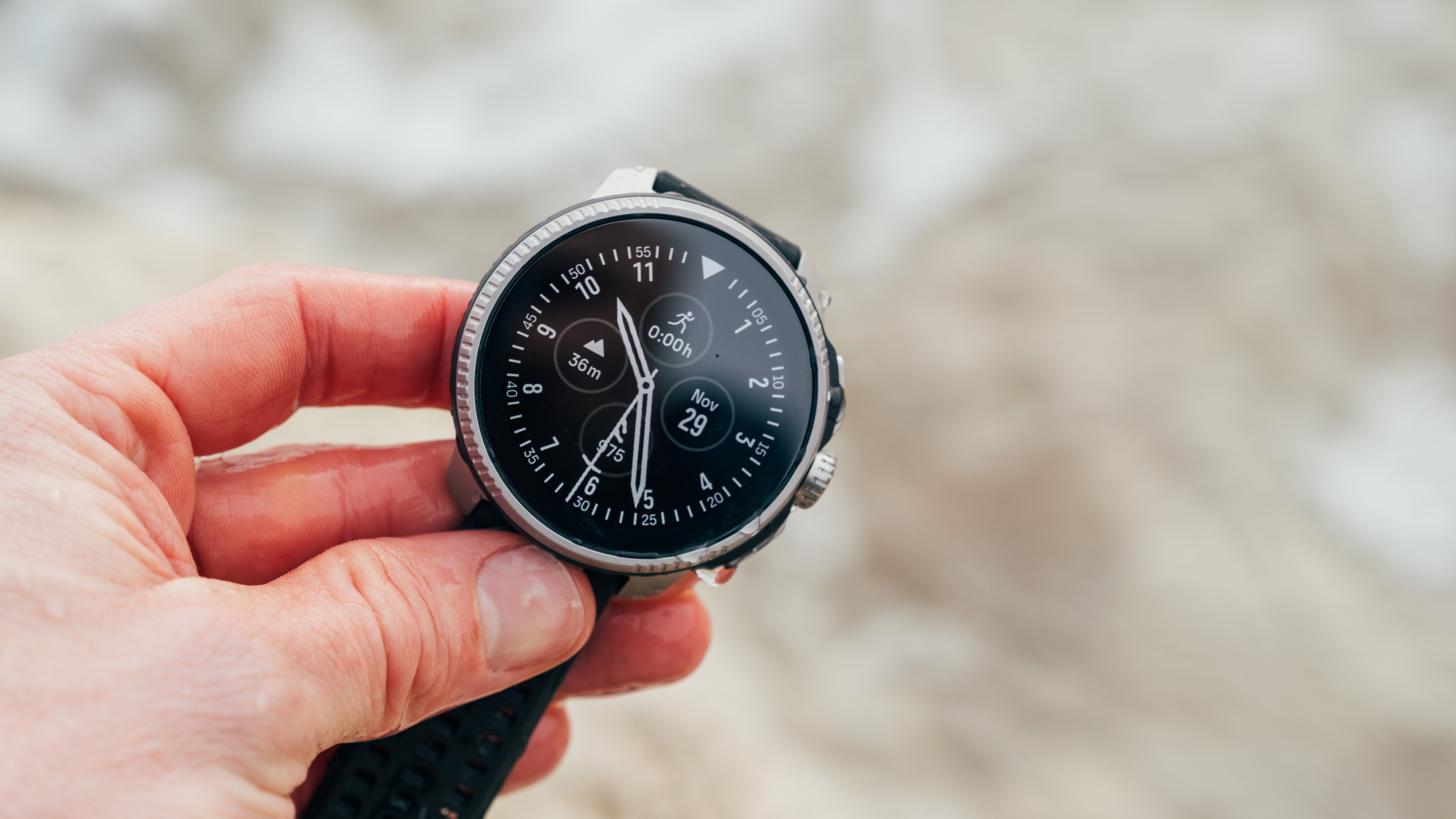
- $449 in the US
- £398 in the UK
- AUS$720 in Australia
The Suunto Race is offered at two price points. The most affordable stainless steel version costs $449 / £398 / AUS$720, while the more expensive titanium-clad model comes in at $549 / £479 / AUS$879.
There is no difference between the hardware that powers these watches: it’s all about the finish and how opulent you want your watch to feel. In my opinion, the titanium model elevates the overall build quality, thanks to its contrasting Charcoal finish. The bezel on the stainless steel model is all black, which instantly makes it feel a bit cheaper.
Both models can be purchased directly from the Suunto website. At this price point, it's a pretty favorable comparison with its closest competitors, such as the much more expensive Garmin Forerunner 965. Great value.
Value score: 5/5
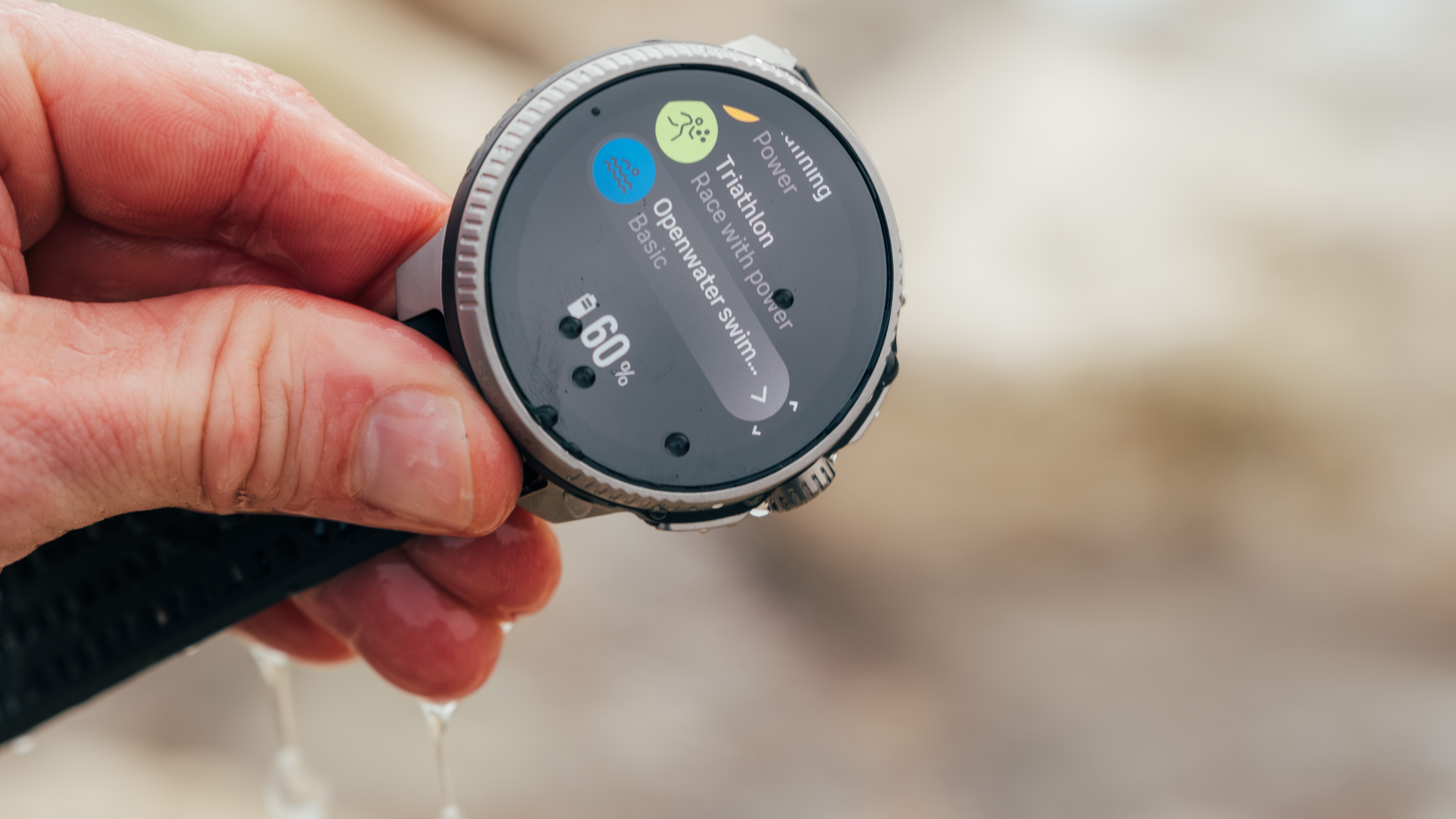
Suunto Race: Design and screen

- Excellent build quality, especially on the titanium model
- Only one size
- Apple-style digital crown
Some horologists often scoff at the basic design of today’s fitness smartwatches, as they tend to involve a large circular display that’s clad in some kind of metal or plastic to keep everything safe. But it's a winning, practical design, and the Suunto Race isn't reinventing the wheel.
The Suunto Race Titanium comprises a considerable 49mm bezel that houses 1.43-inches of AMOLED touchscreen, running a 466 x 466 resolution. It’s not one for skinny wrists and sits rather proudly even on thicker arms. The fact Suunto doesn’t offer any other sizes is a bit of an oversight: not everyone's going to want a beast of a watch like this.
The build quality is good and the watch feels solid, with the titanium finish adding a nice pop of contrast colour that makes it stand out. There are a limited number of pre-loaded digital watch faces available that range from replicas of analogue timepieces to fully digital displays with adjustable splashes of colour.

Overall, they look good, but there’s not the breadth you’ll find via Garmin’s ConnectIQ app (although a lot of those are rubbish), nor are they as exciting or as interactive as what you find on an Apple Watch Series 9 or the latest Google Pixel Watch. However, that's expected of training tools rather than smartwatches.
There are some neat etched-in vents on the titanium bezel that add a bit of texture, while the included silicone strap is ventilated for added breathability and features a small popper mechanism that makes it easy to fit. It’s a great do-it-all choice that works for most activities.
Finally, robustness is built-in via a glass fiber-reinforced polyamide casing and sapphire crystal glass protecting the delicate display beneath. During testing, it held up well, shrugging off scratches and dings with ease. The whole thing is ergonomic and easy to use during training sessions too. Interaction with the Suunto Race is either via prodding and swiping the screen, or through the chronograph style, three-pusher layout of buttons on the right-hand side.
The middle of those is a ‘digital crown’ that can be used to quickly cycle through menus or zoom in and out of maps. Think of it as a kind of Apple Watch Ultra lite set-up, while long-pressing either the top or bottom buttons accesses various shortcuts to menus.
Design score: 4/5
Suunto Race: Features
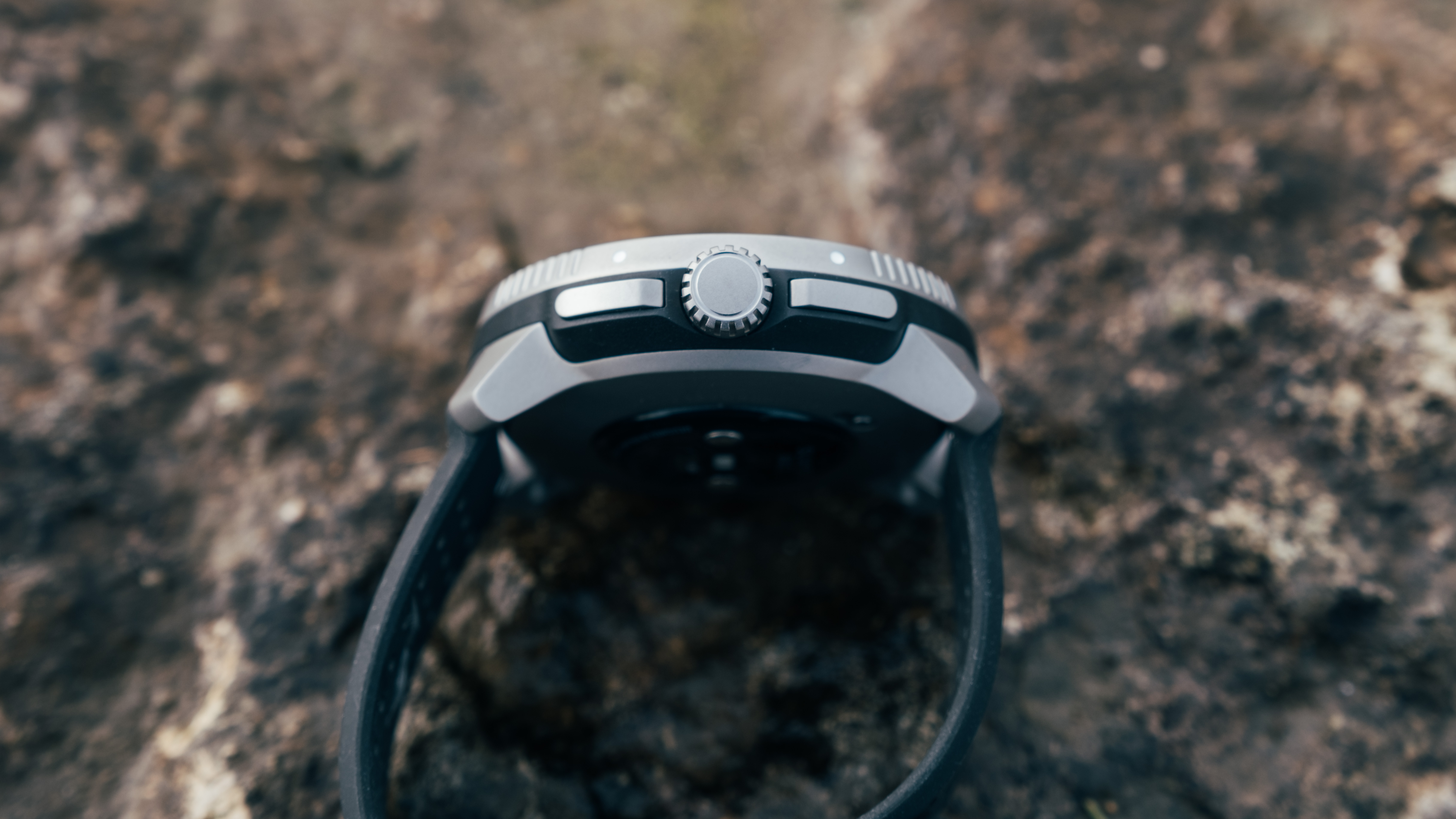
- Accurate GPS
- HRV and recovery info
- No NFC payments
In general, there’s a lot to like about the feature set on offer here. You can control the music playing on your phone with the watch, and receive notifications when you are getting a call. You can do more with Android devices than you can with Apple, such as send predefined replies to incoming messages from the watch.
It has a full suite of sensors, now ubiquitous on fitness devices, which ranges from wrist-based heart rate sensing to an altimeter and gyroscope so it knows exactly when you are moving.
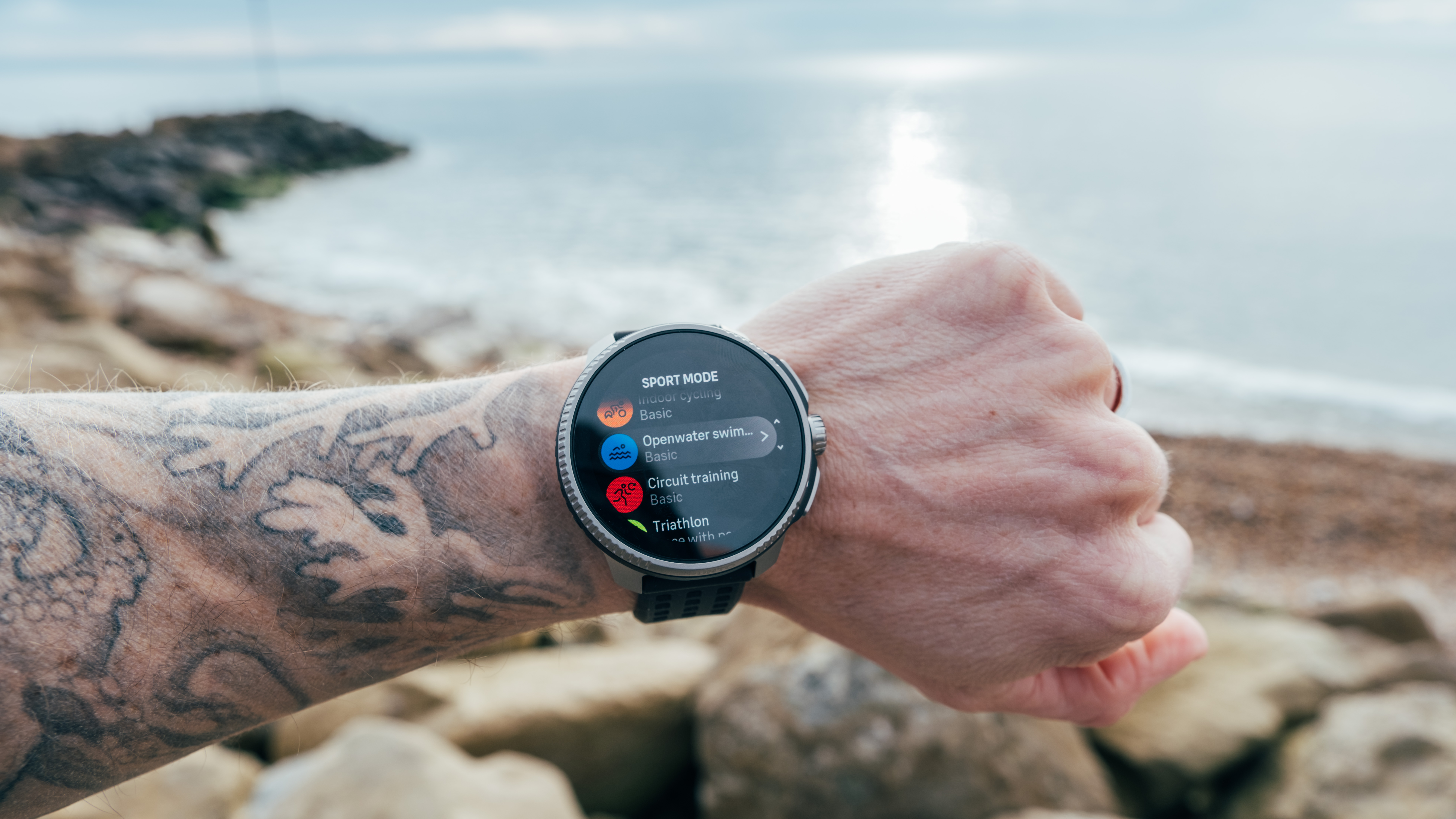
There’s sleep tracking, accurate GPS thanks to compatibility with five satellite systems, and the obvious stuff, such as step tracking, all carefully built-into the relatively diminutive device on your wrist.
As soon as you throw software into the mix, you start to delve into things like Heart Rate Variability, sleep cycle detection and stress and recovery status delivered directly to the AMOLED watch face. Arguably where the cheaper Garmin Forerunner 265 and Garmin Venu 3 stand tall is with lifestyle offerings like Garmin Pay, which allows you to sync bank cards with the watch and pay from the wrist. Garmin also offers guided workouts, complete with animated exercise guides on some models.
Also where features are concerned, other watches like the Polar Vantage V3 come packing a seriously advanced set of biosensing equipment that offer an exceptionally accurate heart rate from the wrist. Right now, Suunto isn’t quite there.
Features score: 3.5/5
Suunto Race: Performance

Initial set-up of the watch is breezy. It’s just a case of downloading the accompanying smartphone app, punching in a few personal details and then getting on with it.
However, if you want to navigate from the wrist, you first have to download offline maps onto your phone, and then onto the watch. This process is extremely slow and boring in comparison to something like the Garmin Epix Pro, yet vital if you want to see any kind of map show up when out running, cycling, or walking. Thankfully, they look great once installed and they’re super easy to scroll around.
On the subject of exercise, there are over 95 profiles covering the full gamut of sports and workouts, with each setting up the AMOLED screen to show the most important stats for each. Of course, you can dive into settings and swap this all around so you can see what’s most important to you.
As for the specific profiles, this definitely feels like a watch predominantly geared towards running, cycling and swimming, but don't they all? The depth of data for each of these activities is impressive, with it able to automatically detect segments in a triathlon and even detect different swim strokes and log stats for each.
Similarly, where running is concerned, you get wrist-based running power, while cyclists can add Bluetooth power meters (and HRM chest straps) quickly and easily. However, you can only add one of each type of sensor, which will be annoying for ardent indoor cyclists or triathletes, who might want both HRM and power meter options.
Within the app, you can create structured workouts or link in existing services, such as Strava, Adidas Running or Training Peaks if these are your preferred methods to train.
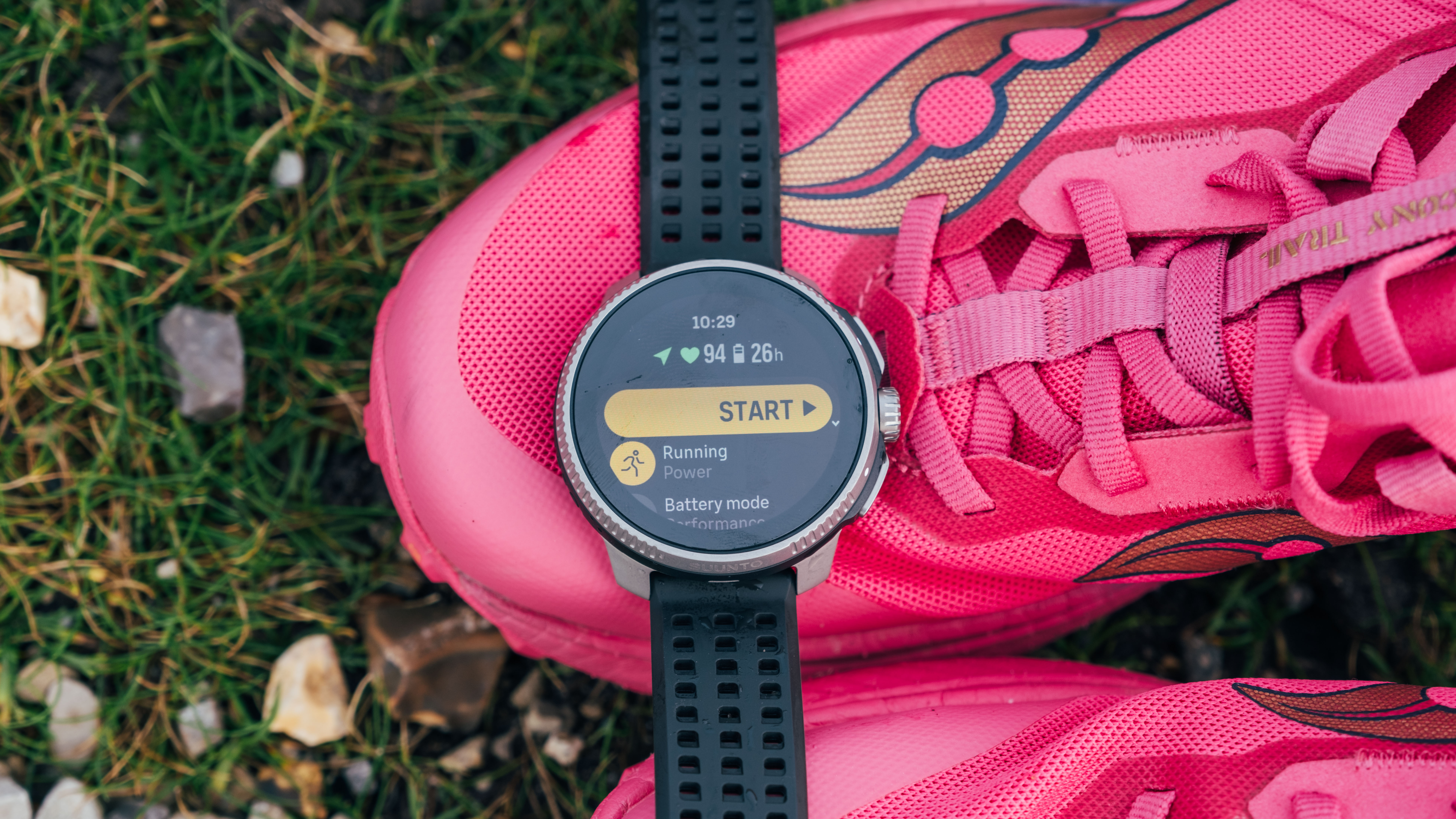
Again, it feels like Garmin offers more in its ecosystem, with a number of training plans available to get you running a 5K or even a marathon, complete with guidance on training laid, rest and recovery.
Granted, Race does feature Suunto Coach, which goes into detail on things like Chronic Training Load (its metric for your overall fitness), as well as a look at the training stress balance. This uses heart rate variability (HRV) and sleep quality as factors on your overall readiness to train.
As with so many smart fitness watches, it takes time for this information to build and the Suunto Race only gets better the more you wear it. But also like a lot of its rivals, they tend to bias cardio and endurance activities, rather than strength training.
During testing, I found that strength work in the gym played havoc with the wrist-based heart rate monitoring, which was already proving not particularly accurate on a couple of test runs and cycles. With an Apple Watch Ultra 2 strapped to the other wrist and linked to a chest HRM, I found the Suunto slow to react and often a few bpm out at most points.
Similarly, the entire operating system feels slow and clunky, regularly baffled by too many quick inputs. There’s a definite lag when flicking between menu screens and dithering when raising the watch to wake. You can turn this off, but then battery life is impacted.
Thankfully, battery life is absolutely massive, with an enormous 26 days in time mode, a whopping 12 days with 24/7 tracking and smart notifications. Absolute minimum you will get is 40 hours with GPS running full tilt, but that’s a massive single workout.
In reality, we managed to eke around a week from the battery when wearing it constantly (including to bed), training three or four times per week for around an hour and occasionally using it to navigate on a weekend walk.
Performance score: 3/5
Suunto Race: Scorecard








